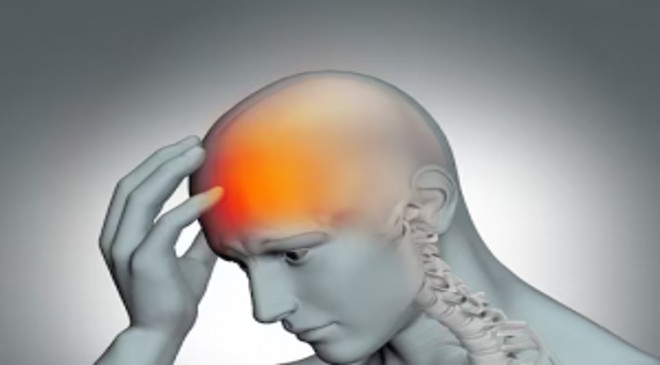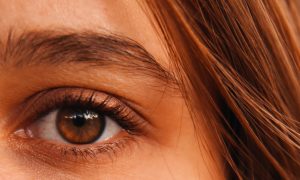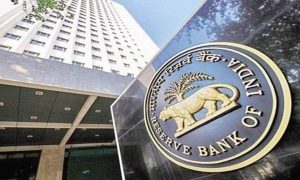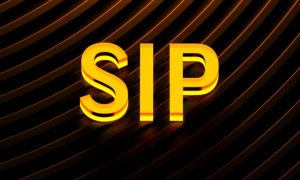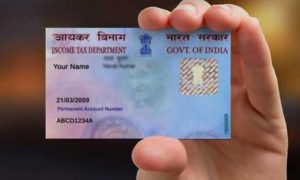Dr Soniya Tambe, MD, DM ( Neurology), Consultant Neurologist and Epileptologist, Kauvery Hospitals, Bengaluru highlights the types of brain strokes
Astroke, sometimes called a brain attack, occurs when blood vessel supplying ay part of brain gets blocked or bursts. In either case, parts of the brain become damaged or die. A stroke can cause lasting brain damage, long-term disability, or even death. Brain stroke is 3rd most common killer disease in the world.
What are the types of strokes?
Ischemic stroke: It occurs when blood vessel gets blocked leading to death of part of brain supplied by the blood vessel.
Hemorrhagic stroke: It occurs when blood vessel bursts leading to bleeding within brain tissue and damage of tissue.
One more entity called transient ischemic attack (TIA), as the name suggests stroke symptoms start and resolve on own due t restoration of blood supply to brain. Many times TIAs occur days or weeks before actual stroke, hence acting as warning sign for future stroke. Recognizing and treating TIAs can avert major strokes.
Read More: Cancer treatment: Artificial human skin now part of new skin cancer therapy
What happens during stroke:
Brain needs continues supply of oxygen and nutrients. Due to blocked or burst blood vessel energy supply gets affected leading to death of neurons within minutes. Each half of brain roughly controls opposite half of body. Right Brain stroke leads to problems in left half of body and vice versa.
What are the risk factors for stroke?
Risk factors for stroke can be classified as modifiable (that can be changed) and non-modifiable(that can’t be changed).
Modifiable risk factors: High blood pressure( > 140/90), Diabetes mellitus, Lack of sleep, Stress, Obesity, Smoking, High plasma lipids, Lack of exercise, Oral contraceptive pills, heart disease, abnormal heart rhythm.
Non modifiable risk factors are: older age, male gender, ethnicity- African Americans, history of prior strokes, genetic risk factors for strokes.
What are the symptoms of stroke:
Stroke symptoms happen suddenly, symptoms vary and can occur in combination of any of the following:
- Weakness or numbness of the face, arm, or leg, usually on one side of the body
- Having trouble speaking or understanding
- Problems with vision, such as dimness or loss of vision in one or both eyes
- Dizziness or problems with balance or coordination, vomiting
- Problems with movement or walking
- Fainting (loss of consciousness) or seizure
- Severe headaches with no known cause, especially if they happen suddenly
Stroke symptoms can be easily identified with acronym BEFAST: Balance, Eye problems, Facial droop, Arm weakness, Speech change, Time since onset of symptoms. If any of these symptoms occur, time of onset should be noted and immediate medical attention should be sought.
Read More: Types of Headaches: Symptoms, Causes And Treatment
Treatment of stroke: Treatment is immediate evaluation, medical, surgical, rehabilitative.
As soon as Stroke is suspected neuroimaging in the form of CT or MRI brain is needed. Type of stroke need to be identified- Ischemic (due to blocked blood vessel) or hemorrhagic (burst blood vessel)
Medical: If patient reaches hospital within 4.5hrs of symptoms onset, Injection called tissue plasminogen activator can be given in eligible patients to dissolve clot and restore blood supply. This is used only in ischemic stroke.
Surgical or interventional: If a large blood vessel is blocked, a procedure called mechanical thrombectomy is done where in clot is removed with endovascular techniques to restore blood vessel. This can be done up to 24hr from symptom onset in eligible patients.
Rehabilitation: patients who have persistent neurological deficits need rehabilitation in the form of physiotherapy, balance therapy, speech therapy. Rehabilitation can take months in major strokes.
Stroke can strike anyone, anytime and can change one’s life forever. Prevention with risk factor modification, good lifestyle, early detection of warning signs, seeking medical attention on time can prevent major disability and death.

